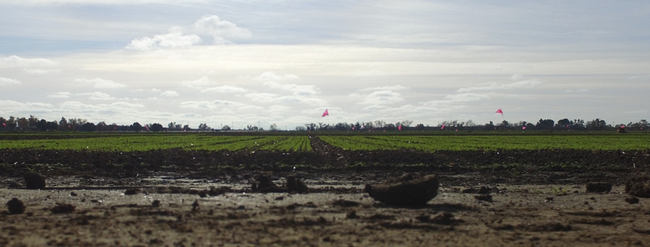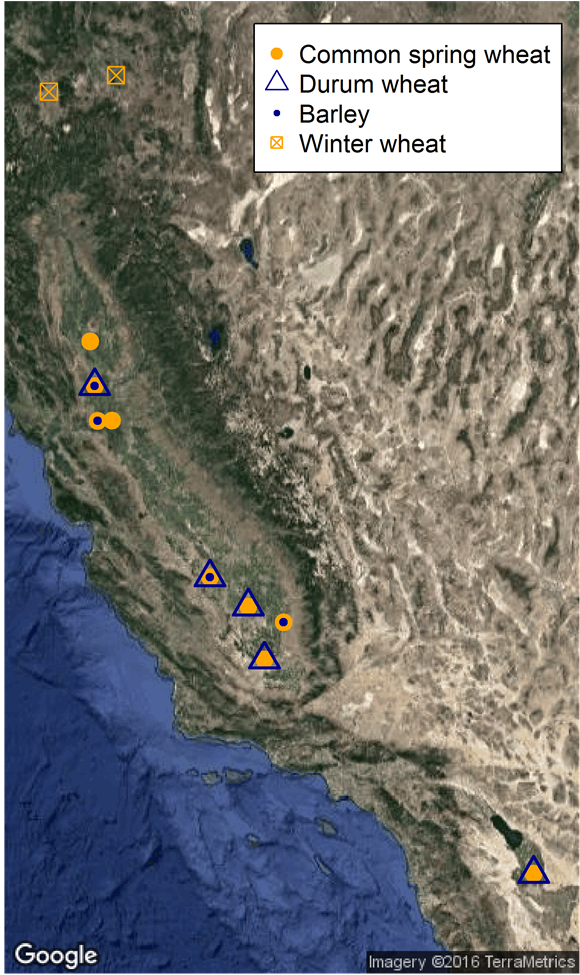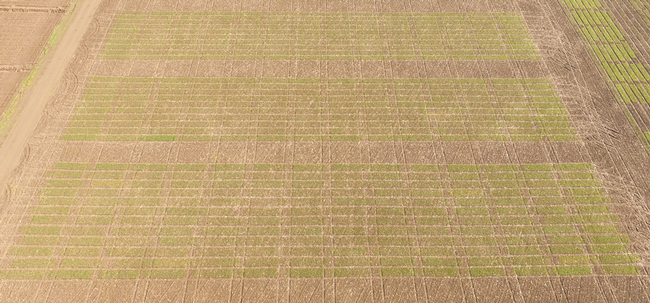- Author: Mark Lundy
- Author: Nicholas Alexander George

This is the first post in our new blogging platform created as part of the ongoing improvements and developments from the UC Agronomy Research and Information Center (AgRIC). We envision this small grains blog to be a place for field notes, announcements, and discussions of interest to growers, consultants, agronomists and others involved in the California small grain industry.

We are also introducing some management variables at a subset of our testing sites to measure how variety performance changes under conditions of reduced water and nitrogen (N) availability for our common spring wheat tests. Alongside our efforts to begin to more explicitly incorporate some management effects into our trials, we are also intensifying our efforts to monitor the plant-soil environment in a site specific manner across the growing season. Over the next several years we hope that these additions to the program will enable us to deliver increasingly nuanced information about variety performance and best management of small grains across California's diverse growing environments. Stay tuned!
The trials are a collaborative effort in every aspect: from the primary funding sources for the trials (the California Wheat Commission and the California Crop Improvement Association), to the breeders whose entries populate the trials (with participation from public and private, regional and international breeding programs), to the UC-ANR cooperators from around the state (Advisors and Research and Extension Center staff), to the mills and quality testing labs within and outside California (where the entries from our Quality Collaborators program are evaluated), and the key contributions from UC-Davis Department of Plant Sciences staff. The goal of this collaboration is to produce materials and information that improves the productivity and viability of the small grain industry in California. The better we are able to communicate with our many partners and make connections with the small grain growers in the state, the more effective we will be in reaching this goal. So, leave us a note, sign up to receive notifications of new postings on this blog, and tell a friend! We are looking forward to 2017 and to an ever-expanding conversation on this forum among our many partners.
Mark Lundy, Cooperative Extension Specialist
Nic George, Project Scientist
Grain Cropping Systems
UC Cooperative Extension
University of California, Davis





